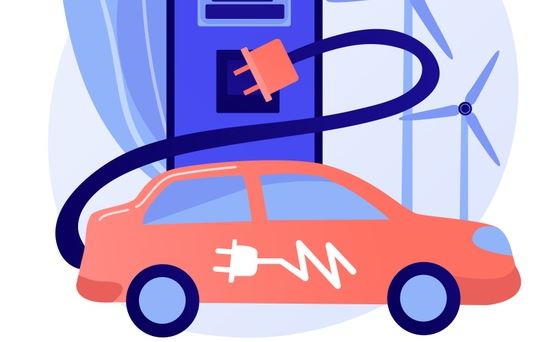The race for clean energy sources and mobility technologies for the transportation of humans and goods are steaming ahead with electric vehicles seemingly leading the race. Sales in electric vehicles increased dramatically in 2020 despite the Covid-19 pandemic. This increase in sales and the future value of Tesla, amongst other things, propelled its CEO, Elon Musk to one of the richest persons on earth.
Hydrogen fuel cell energy is also gaining traction. Tesla however, has committed to only electric / battery powered vehicles, dismissing hydrogen fuel cell energy out of hand. Toyota on the other hand is embracing hydrogen fuel cell energy. The Toyota Mirai is an example of a vehicle using hydrogen fuel cell energy. The vehicle is described as a mid -size hydrogen fuel cell electric vehicle. The description of the vehicle alludes to a merging or integration of energy sources as opposed to a direct competition between them. Hyundai Motor Corporation has also been working on making hydrogen fuel cells commercially viable.
In an interview with Sandy Munro, it is argued that the two energy sources may be appropriate for different mobility solutions. Due to the weight of batteries, it is suggested that hydrogen fuel cell energy would be more appropriate for heavy vehicles and aeroplanes while electric energy is more suitable for small to medium size vehicles.
Infrastructure for recharging or refueling / replacement of a vehicles energy source will become critical in the eventual new world of mobility. This aspect will probably be the most critical aspect in how long it will take for the new energy sources and technologies to become commercially viable and replacing fossil fuel energy. Current fossil fuel suppliers such as BP, Shell, Chevron and others have built infrastructure for refueling and they will most probably become the backbone infrastructure in the transition to cleaner energy. Most Governments stand to lose tax income currently in place for the sale of fossil fuel and gas. Their plans to replace this lost tax revenue, by levying tax on the new energy sources, will impact on the viability of the new energy sources and mobility technologies as well as the time frame of the transition.
Another mobility technology that is being considered as a possible solution for the large scale transportation of people and goods are VTOL’s (Vertical Take Off and Landing), UAV’s (Unmanned Arial Vehicles) or Drones. Businesses that operate in the space of transportation or who may be reliant on the transportation of humans and goods in their value chain, is well advised to be on top of the predicted changes and start doing their calculations and strategic planning.
